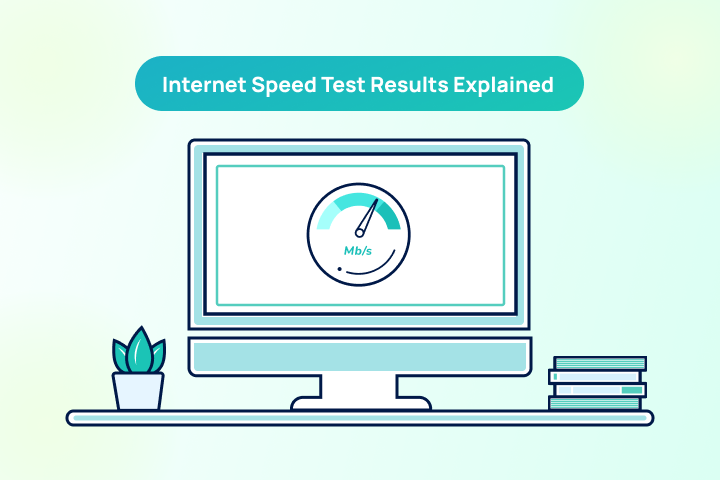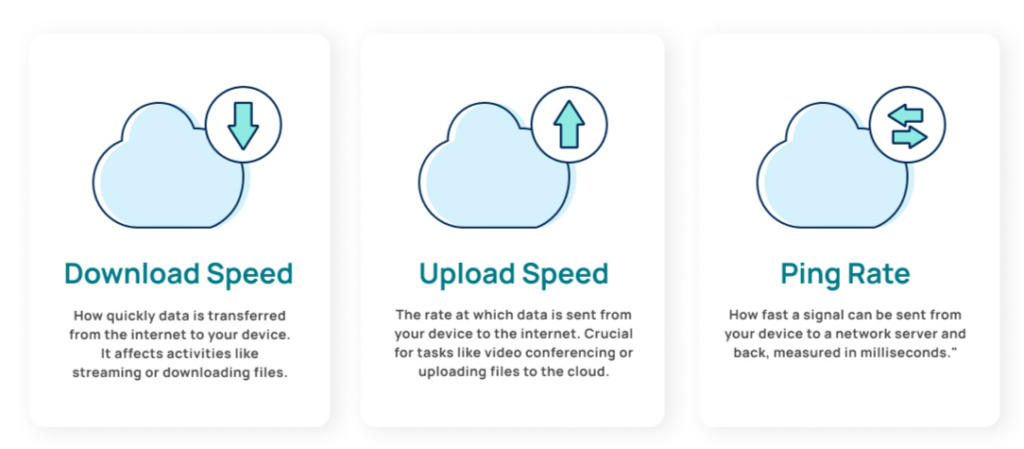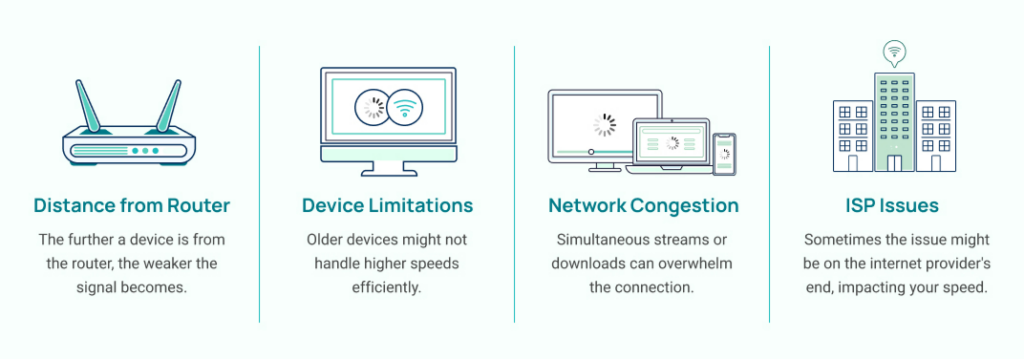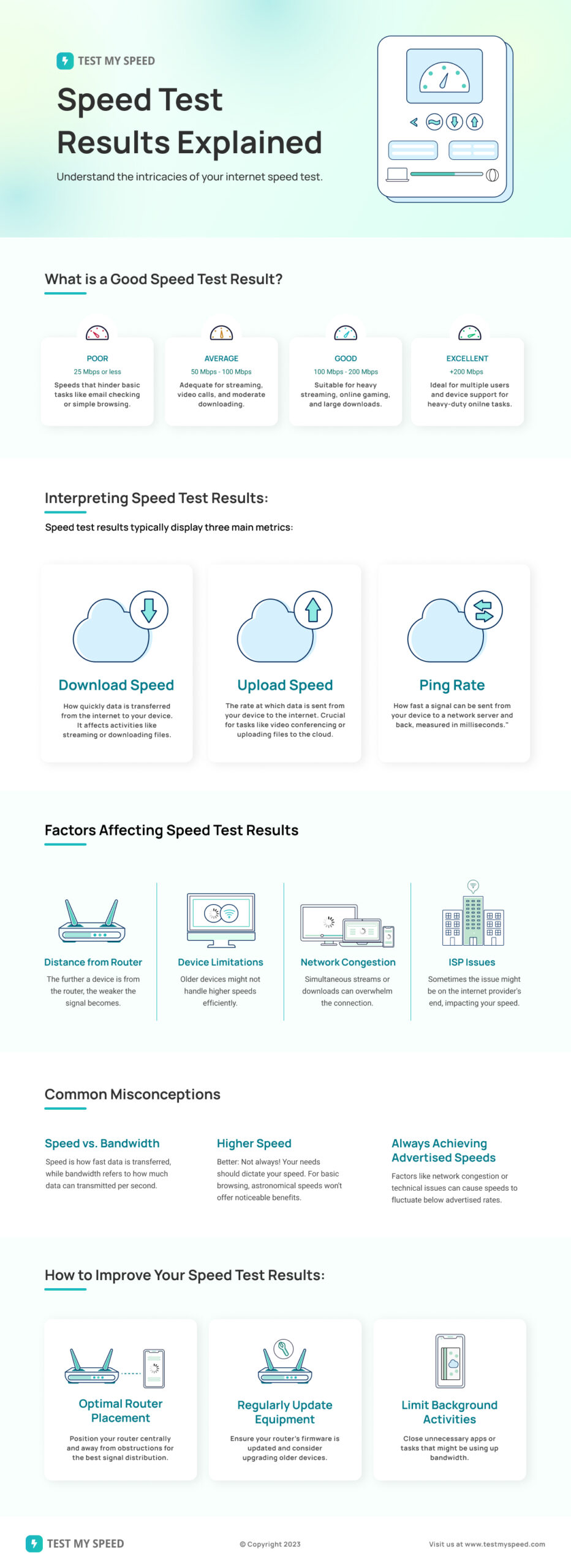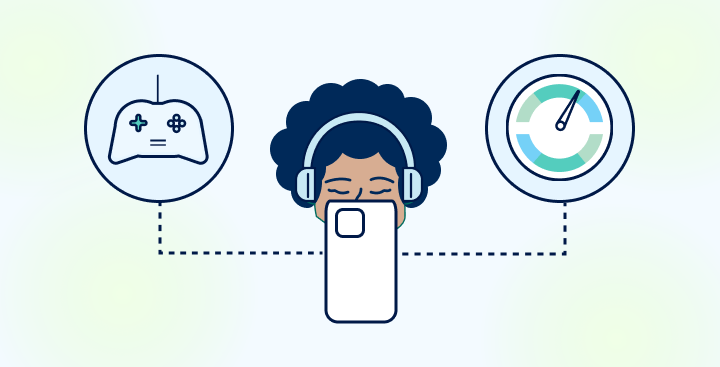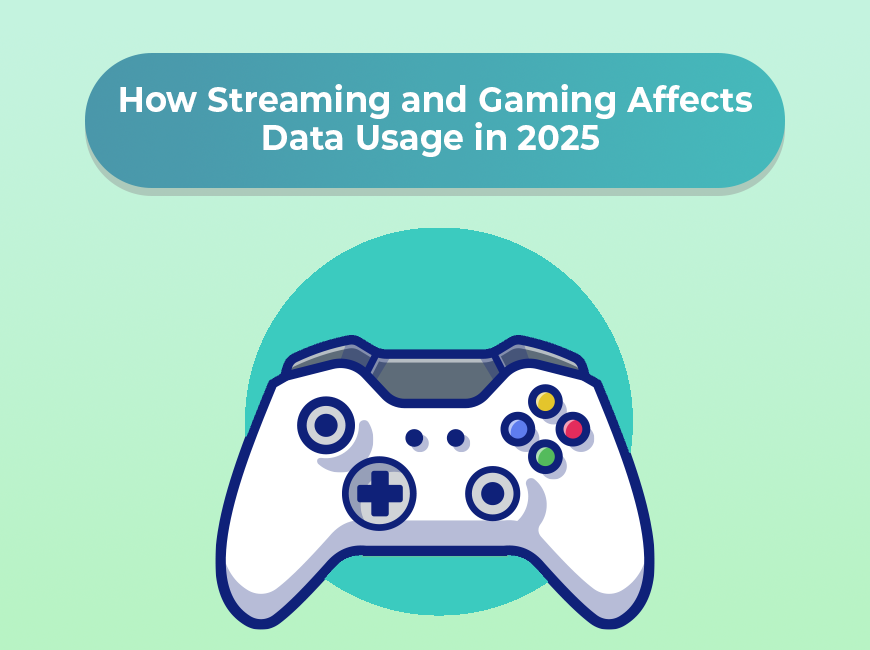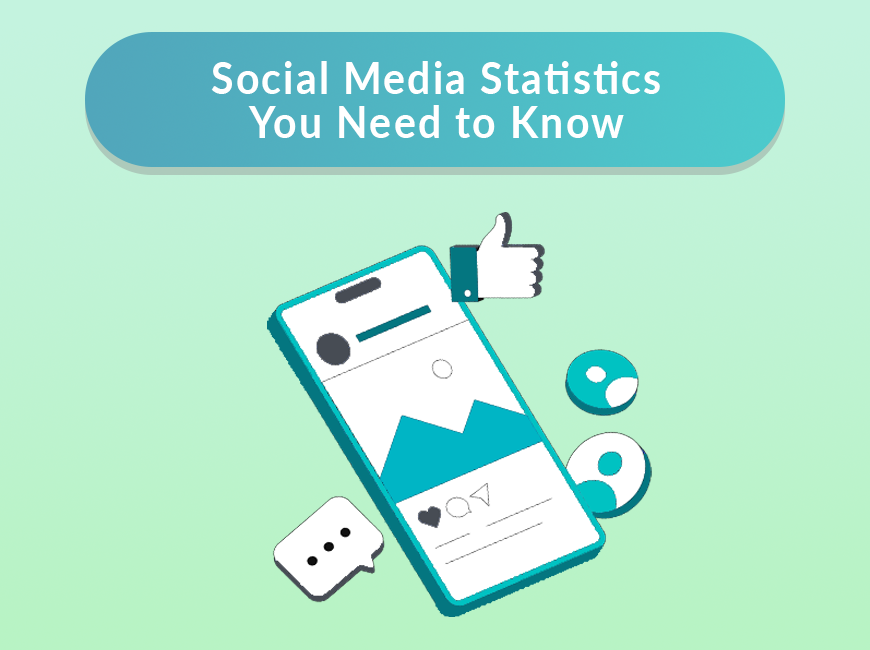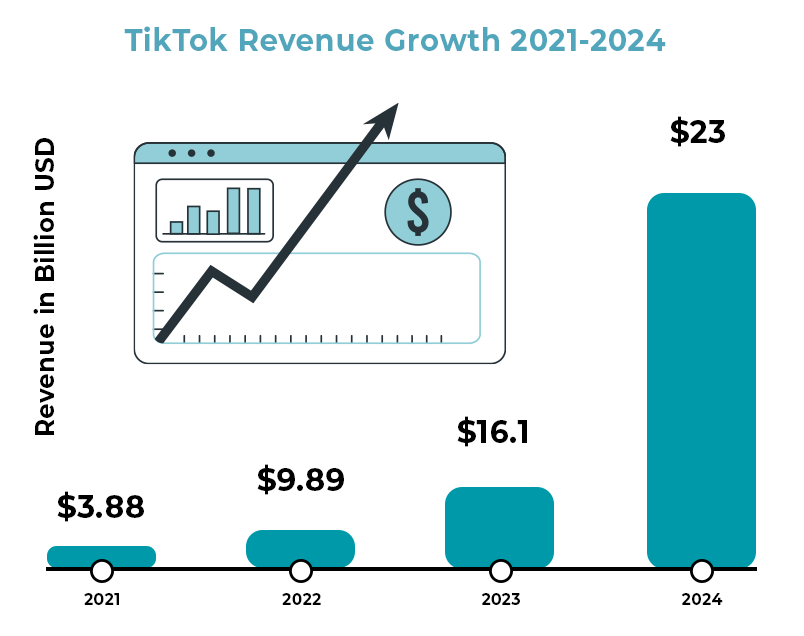Internet providers advertise fast speed tiers, but actually achieving those rates can prove challenging. By running internet speed tests, you validate if providers deliver on connectivity promises. Speed tests diagnose performance metrics like bandwidth to uncover why your experience falls short. This guide explains speed tests, interpreting results, and reasons from congestion to hardware flaws that internet providers don’t fulfill expected speeds.
Table of Contents
What an Internet Speed Test Is
An internet speed test is, very simply, an application that measures how fast your internet is at that moment in time. Test results can vary depending on your internet provider, time of day, and internet connection type.
It takes less than a minute to complete and provides current stats about your internet service including download speed, upload speed, ping time, and your IP address. The results help gauge the performance of your current connection and confirm whether or not the speeds you pay for actually hold up.
Internet providers typically advertise maximum speeds available for plans, but actual speeds tend to come in slightly lower. So, don’t be surprised if your test results vary day by day, or even hour by hour. Many factors affect internet performance, but before we discuss those reasons, let’s touch on the speed test metrics.
What Your Speed Test Results Mean
As we mentioned above, an internet speed test is a live assessment of how fast your internet connection is. The results you receive include your download speed, upload speed, and ping rate:
Download Speed
This measures how fast you can receive data from the internet to your device. Internet providers usually prioritize download speeds on their network since most internet activities require download versus upload speed, such as streaming movies or gaming online.
Upload Speed
This measures how fast you can send data from your device to the internet. Online activities like Zoom meetings for remote work or uploading photos to social media require fast upload speeds.
Ping Rate
Also known as internet latency, this measures how fast a data request travels to and from a server for testing. When it takes more than a few seconds to get a response, a user’s connection usually buffers for a while.
Types of Internet Connections and Their Impact
Internet connection types significantly influence the outcomes of speed tests. Each type has unique characteristics that affect speed, reliability, and overall performance:
DSL (Digital Subscriber Line)
DSL internet utilizes your traditional phone lines to provide internet connectivity. It’s widely available but tends to offer lower speed options compared to other types of connections. DSL speeds can be affected by the distance from your home to the provider’s facility, with further distances resulting in slower speeds. For budget-minded users or those with lower internet usage needs, Centurylink internet offers reliable DSL plans that are perfect for everyday tasks like browsing and email
Fiber
Fiber internet uses strands of glass fibers to transmit data as light signals, offering significantly faster speeds and higher reliability than other types of connections. It’s less susceptible to congestion and can handle high-demand activities like streaming 4K videos, extensive online gaming, and large file downloads with ease. The main limitation of fiber internet is its availability, as it’s not as widely deployed as DSL or cable. If speed and reliability are your top priorities, Earthlink internet is a strong choice for fiber internet thanks to its high-performance network.
Satellite
Satellite internet provides connectivity via satellites orbiting the Earth. This type of connection is most beneficial in rural or remote areas where other forms of internet are not available. While satellite internet can cover wide areas, it generally offers slower speeds and higher latency compared to DSL, cable, and fiber-optic connections. Speeds can also be affected by weather conditions and physical obstructions, such as trees or buildings blocking the satellite dish’s line of sight to the orbiting satellite. For those in remote areas, Starlink internet stands out as a reliable option thanks to its advanced technology.
Cable
Cable internet uses the same coaxial cable lines as cable television to provide high-speed internet access. It’s faster and more reliable than DSL and is widely available in urban and suburban areas. Cable internet can offer high speeds suitable for streaming, gaming, and downloading. However, it is subject to network congestion during peak usage times, which can lead to slower speeds and reduced performance. If you value a balance of speed, reliability, and affordability, Xfinity internet is a strong contender in the cable internet market, offering plans suitable for everyday use.
Understanding Internet Provider Speeds
Remember, internet service providers always advertise their maximum speeds available, which don’t take into account multiple devices or people online at once. For these reasons and more, you’ll rarely reach the advertised speed of your internet plan. Depending on your connection type, a good speed test result is if the speeds are at least 50 to 200 Mbps within range of the advertised speed.
It’s important to understand that the provider’s advertised speed is based on a wired connection. Wireless speeds will always be somewhat slower than this advertised speed as there are many variables that affect WiFi connectivity and performance. If possible, run a speed test from a computer that is connected via an ethernet cable to your modem or router. This will produce the most accurate speed test result.
Mobile Gaming Speed Requirements
For mobile gaming enthusiasts fond of play to earn apps like Cosmic Rewards, internet speed is a crucial factor. Generally, a speed range of 50-100 Mbps is adequate for most mobile games, ensuring smooth gameplay with minimal lag. This speed is sufficient to handle the game’s graphics and real-time interactions without interruptions, providing a seamless gaming experience even when other devices are connected to the network. Selecting an internet plan within this speed range can greatly enhance your mobile gaming sessions.
Reasons for Slow Internet
There are many reasons why you might be experiencing slower internet than normal. Here are the three most common reasons for slow internet that you can easily fix on your own in as little as 10 minutes.
Your Router Needs a Better Location
The most common cause for slow WiFi is equipment location. Routers and modems need space of their own to perform at peak capacity. So, try to avoid placing your router on the floor, near other cords, behind furniture, or tucked in a corner. Instead, place your router in the center of your home, on the top floor level, or on the highest furniture perch since WiFi signal travels downward better than upward.
Time Required: 10 min
You Haven’t Reset Your Equipment
Like all things that require energy, electronics need simple, regular maintenance to perform optimally. Restarting your modem and router on a regular basis is one of the easiest ways to troubleshoot internet issues and refresh connections. We recommend doing this monthly to ensure you get the most out of your internet equipment. Set a reminder on your phone or use an outlet timer to automate the task.
Time Required: 5-10 min
Too Many Devices are Online
Your WiFi router determines which devices need bandwidth and pulls excess bandwidth randomly from the device to ensure they all have an active, stable connection. As you connect more devices to your network, you risk using all your subscribed bandwidth and overloading your internet equipment. To avoid this, try disconnecting devices throughout the house that are not currently being used to free up bandwidth and router resources.
Time Required: 5 min
Find how much Internet Speed do you need
Your household may want faster internet speeds.
<50 Mbps
Great for individuals to browse the internet, check email, and other basic browsing.
50-100 Mbps
Great for streaming Netflix, videos, and online meetings.
100-200 Mbps
Great for streaming high quality videos, fast downloads, video games, and multiple devices.
200+ Mbps
Great for doing almost anything at ultra fast speeds.
Advanced Troubleshooting Tips for Internet Speed
Update Firmware
Keeping your router’s firmware up to date is crucial for optimal performance and security. Manufacturers often release updates that improve connectivity and patch security vulnerabilities. Check your router’s user manual or the manufacturer’s website for instructions on how to update your firmware.
Adjust Settings
Tweaking your router’s settings can significantly enhance internet speed and coverage. For instance, changing the wireless channel can minimize interference from other networks, while enabling Quality of Service (QoS) settings can prioritize bandwidth for high-need activities like video conferencing.
Reduce Signal Interference
Many household devices, such as cordless phones, microwaves, and Bluetooth speakers, can interfere with your WiFi signal. To reduce interference, position your router away from these devices and, if possible, switch to a 5 GHz frequency band, which is less crowded than the 2.4 GHz band.
Consult with Tech Support or Online Forums
If you’ve tried basic troubleshooting without success, seeking help from tech support or exploring online forums can provide device-specific advice and solutions. Many tech communities are eager to help, offering a wealth of knowledge on addressing complex issues.
Run an Internet Speed Test
We recommend testing your internet connection regularly to see how it performs over time. You can use your speed test results to:
Keep Your ISP in Check
Your internet speed test results can help you hold your internet provider accountable. While it’s normal for speeds to be slightly lower than advertised, you should still be within 50 to 200 Mbps of your paid plan. If your speeds are consistently too low, contact your internet provider and use your speed test results as evidence. In some cases, they will offer discounts, reduced rates, or same-day technician support to resolve the issue.
Find the Best Times to Get Online
It’s normal for your speeds to be slower during the evening between 7 PM and 11 PM. This period is known as “peak hours” because it’s the time most users in your neighborhood access the internet after school or work. On the other hand, you may find that speeds are faster in the early morning or during weekdays when fewer people are online. A surefire way to know the best time to get online is to test your internet speed throughout the day.
Assess Your Internet Needs
Routinely checking your internet connection can help you determine if your internet speed fits your lifestyle. If you constantly find your connection to be too slow, as evidenced by video buffering when you’re trying to binge your favorite show, you may need to get a new internet plan with faster speeds. As your online habits change, so will your internet needs.
Upgrade Your Internet if Needed
Are you tired of experiencing slow internet that constantly hinders your productivity? If yes, it may be time to consider upgrading your internet plan to one that perfectly suits your needs. Remember, faster internet speeds bring better and smoother browsing experiences.
